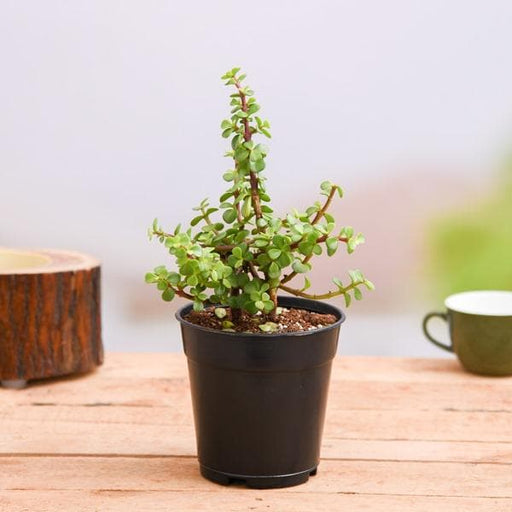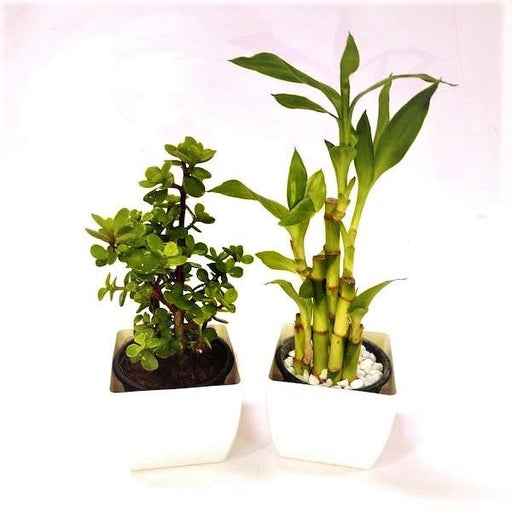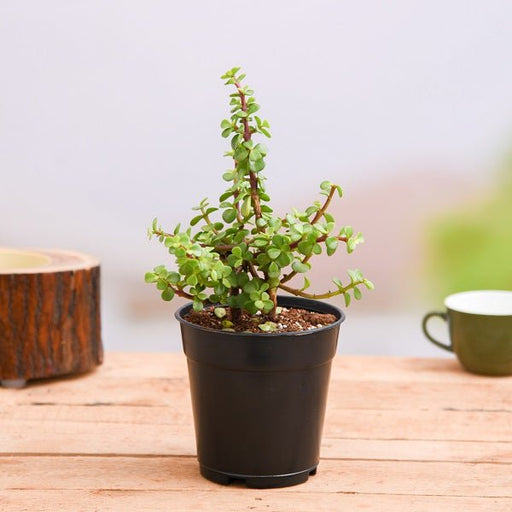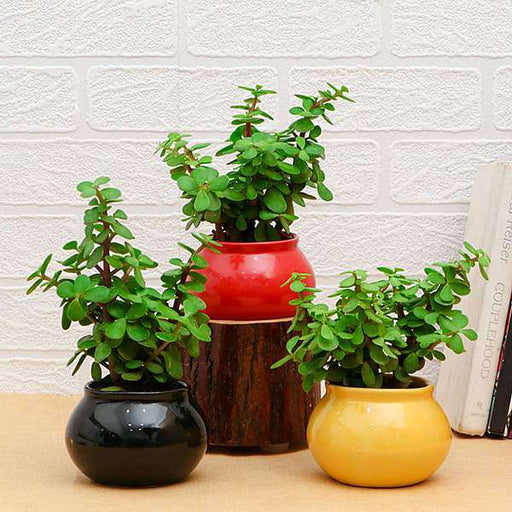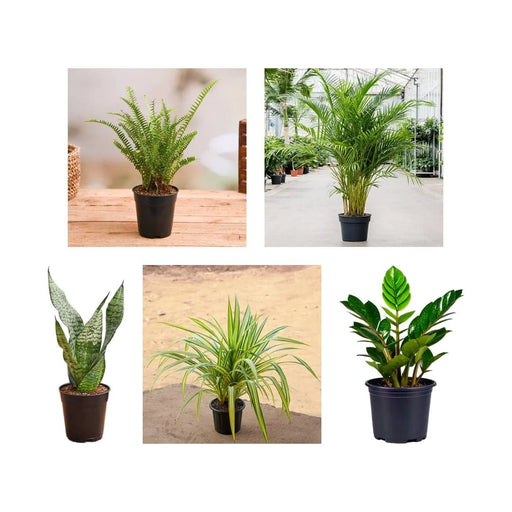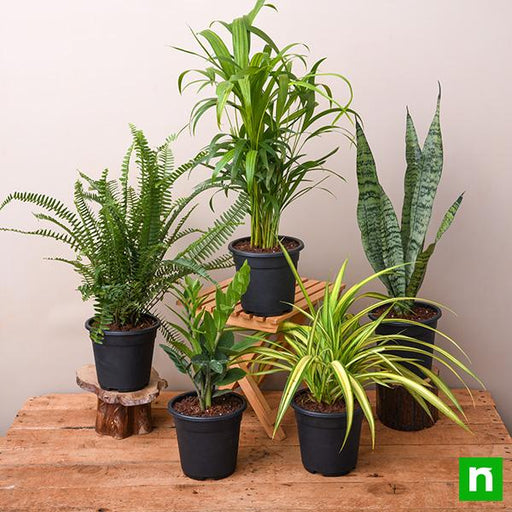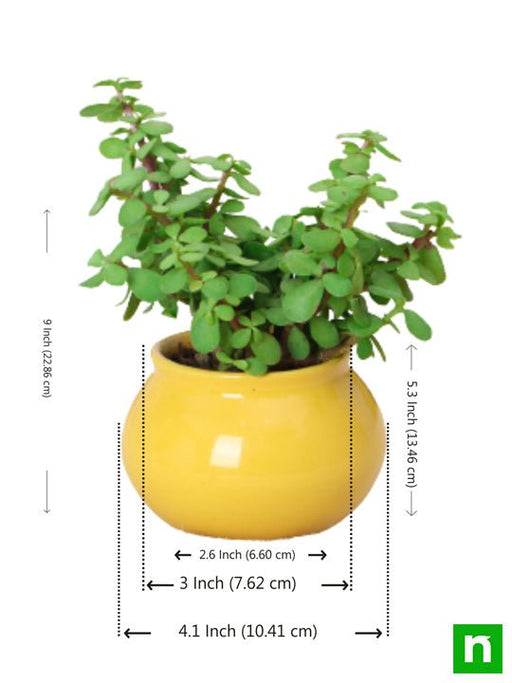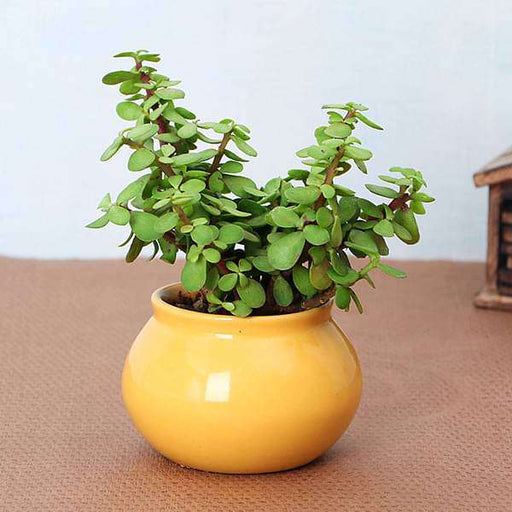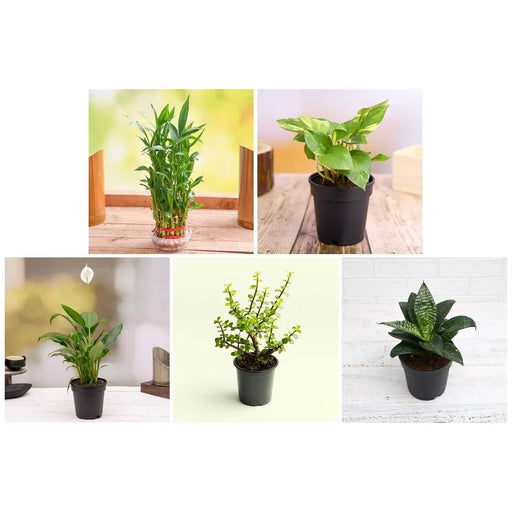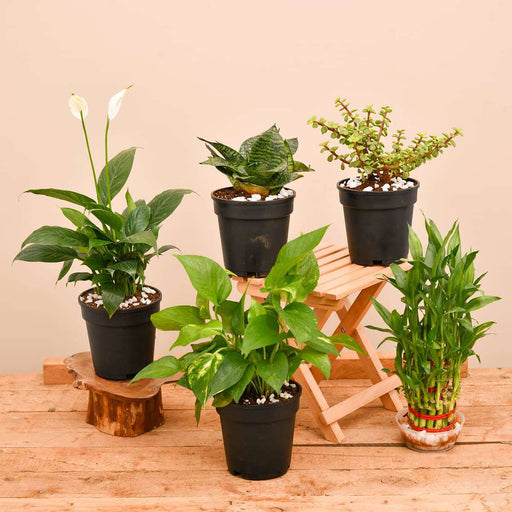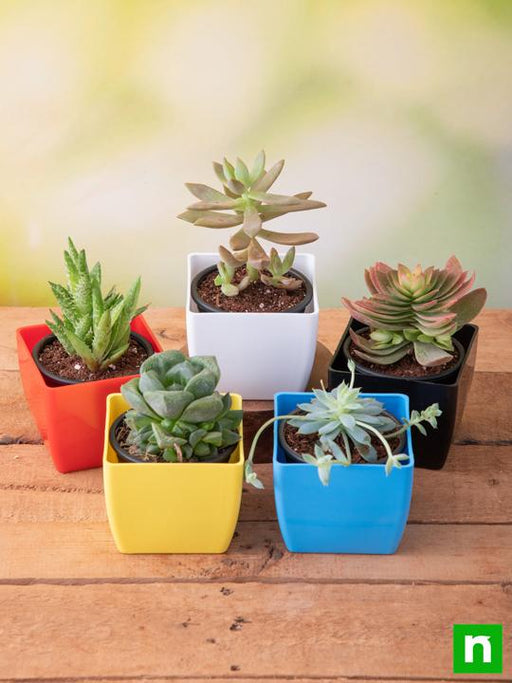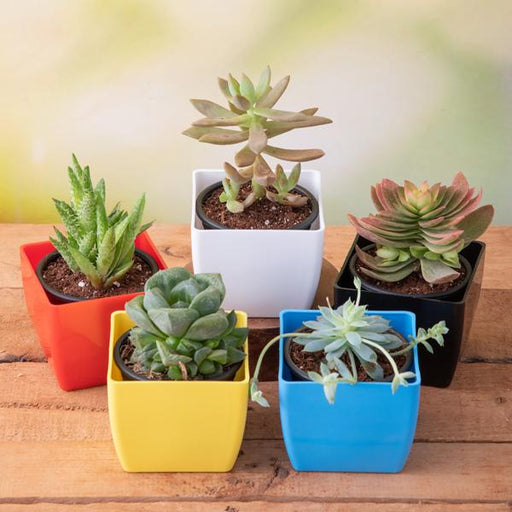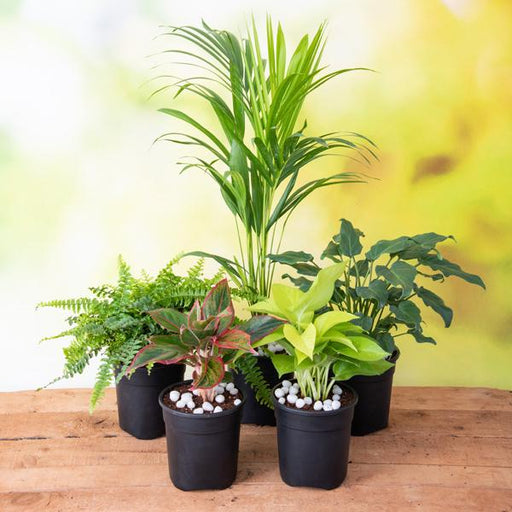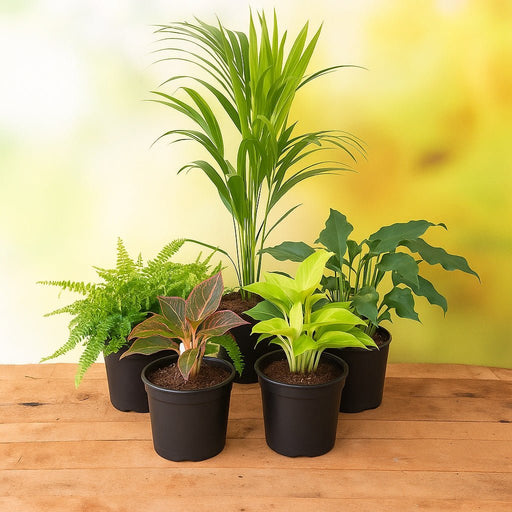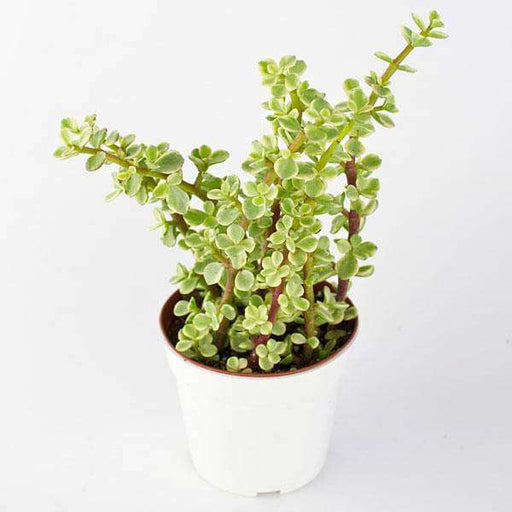Jade plant care
Jade plants are known for their low maintenance requirements, making them a popular choice for indoor and outdoor gardening enthusiasts. To care for your jade plant, make sure it receives bright, indirect sunlight and water it when the soil feels dry.
Jade plant varieties
Jade plants are a type of succulent and are part of the Crassula genus. There are over 1,400 species of Crassula, including the popular Jade plant (Crassula ovata). Some other popular varieties include Crassula Arborescens, Crassula Ovata 'Gollum', and Crassula Ovata 'Hobbit'.
Jade plant soil
Jade plants prefer well-draining soil that is rich in organic matter. A mixture of cactus soil and perlite is ideal for these plants.
Jade plant pruning
Pruning jade plants can help maintain their shape and promote healthy growth. Use sharp, clean pruning shears to remove any dead or damaged leaves and stems.
Jade plant pests
While jade plants are generally easy to care for, they can be susceptible to pests such as spider mites and mealybugs. Regularly inspect your plant for signs of infestation and treat promptly if necessary.
Jade plant fertilizer
Jade plants do not require much fertilizer, but can benefit from occasional feeding during the growing season. Use a balanced fertilizer every 2-3 months to promote healthy growth.
Jade plant propagation
Propagating jade plants can be done through stem cuttings or leaf cuttings. Stem cuttings should be taken from a healthy plant and rooted in soil or water. Leaf cuttings should be placed in soil and misted frequently until roots form.
Jade plant lighting
Jade plants prefer bright, indirect light. Avoid placing them in direct sunlight, as this can burn their leaves.
Jade plant humidity
Jade plants do not require high humidity levels and can tolerate dry conditions.
Jade plant temperature
Jade plants prefer temperatures between 65-75°F (18-24°C). Avoid placing them near cold drafts or hot air vents.
Jade plant toxic
Jade plants are toxic to pets and humans if ingested. Keep them out of reach of pets and children.
Jade plant color
Jade plants are known for their vibrant green leaves, which can sometimes have a red tinge. However, there are some varieties that have variegated leaves, such as Crassula Ovata 'Tricolor'.
Jade plant origin
Jade plants are native to South Africa and Mozambique.
Jade plant size
Jade plants can range in size from small tabletop plants to large floor plants. Choose a size that fits your space and needs.
Jade plant water
Jade plants prefer to be on the dry side and can be susceptible to root rot if overwatered. Water sparingly when the soil feels dry and avoid letting the plant sit in standing water.
Jade plant flowering
Jade plants can produce small, pink or white flowers in the right conditions. However, they are primarily grown for their attractive foliage.
Jade plant pattern
Jade plants typically have smooth, glossy leaves, but some varieties can have crinkled or wrinkled leaves, such as Crassula Ovata 'ET's Fingers'.
Jade plant pruning for propagation
Pruning can also be used as a method of propagation for jade plants. By taking stem cuttings and rooting them in soil or water, you can create new plants and expand your collection.
Jade plant repotting
Jade plants should be repotted every 1-2 years to provide fresh soil and room for growth. Choose a pot that is slightly larger than the current one and fill with fresh potting mix.
Jade plant symbolism
Jade plants are often associated with good luck, prosperity, and fortune. In Chinese culture, they are believed to bring financial success and are often given as gifts during the New Year or other special occasions.



